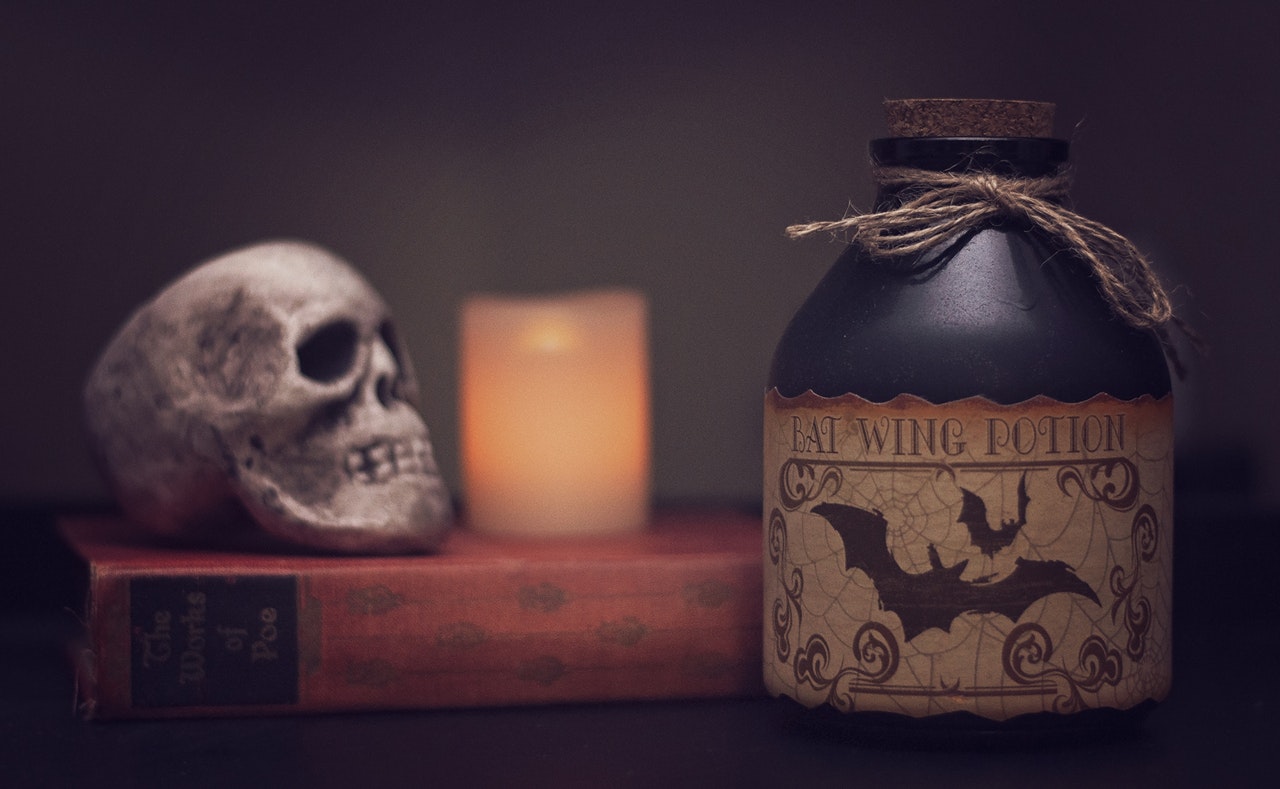Halloween isn’t what it used to be – no, we’re not coming from a sentimental, nostalgic point of view. We’re talking about Halloween in the most literal sense there is. It may not seem like it, but there was a lot more to this spooky holiday than candy and flashy costumes. It was a time of celebration, coming together as a community, and protecting each other from what our ancestors considered to be harmful spirits. Here’s the rundown on the truth about Halloween.
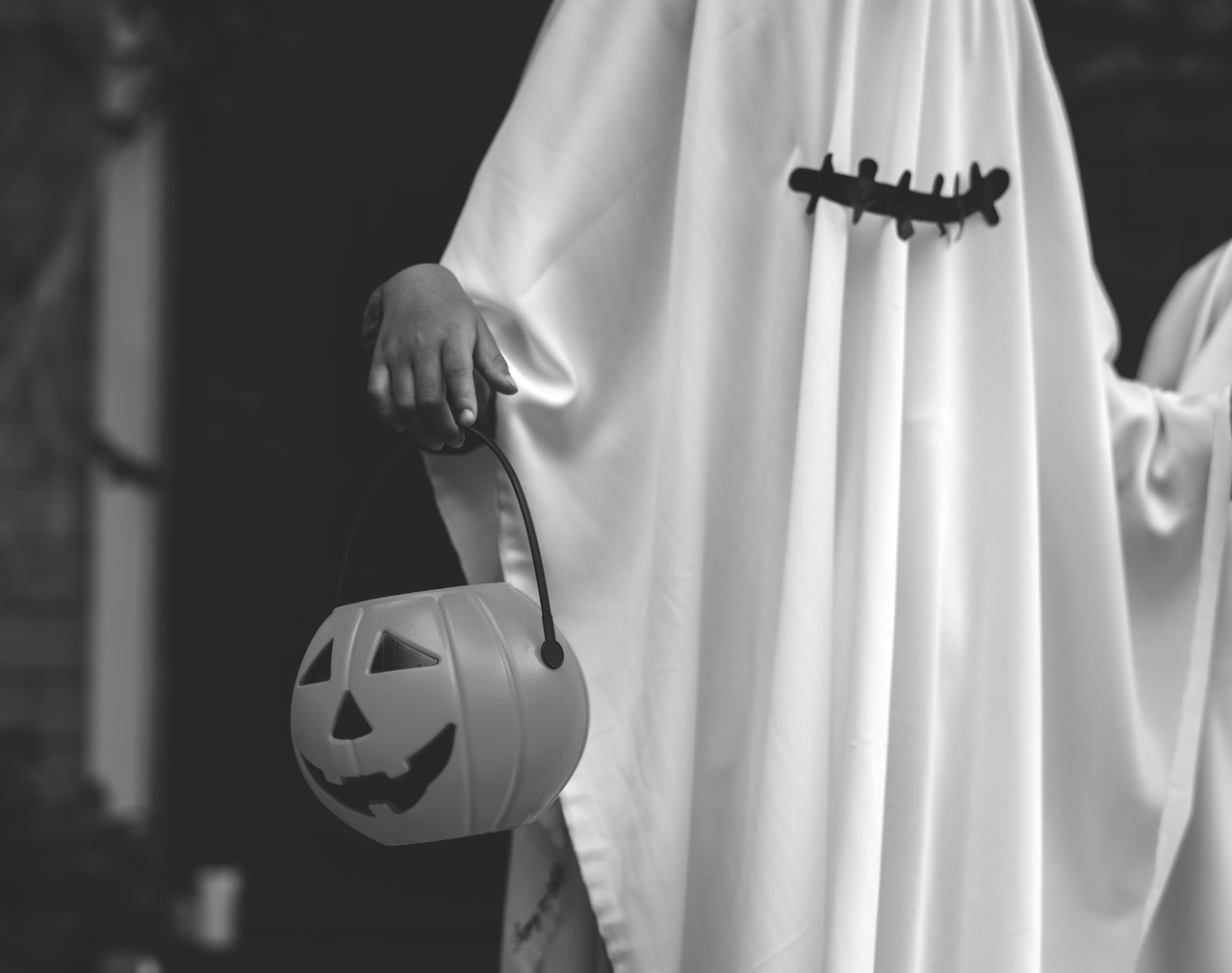
Etymology and Origins of Halloween
Halloween was originally All Hallow’s Eve (Hallowe’en for short), taking place the day before Hallow’s Day, or All Saint’s Day. The word “Halloween” goes as far back as the 1700s and was used by both Scottish and Christians. All Hallows goes back even further to the 1500s and is often associated with Druids and the Celtic religion. Christian, Gaelic, and Pagan influences can be found in many traditions and superstitions.
As a complete contrast to All Saint’s Day, Halloween is the day when the veil between the worlds of the living and dead are the thinnest, allowing evil spirits to walk on Earth. This has brought on many traditions in hopes of protection and communicating with decided loved ones
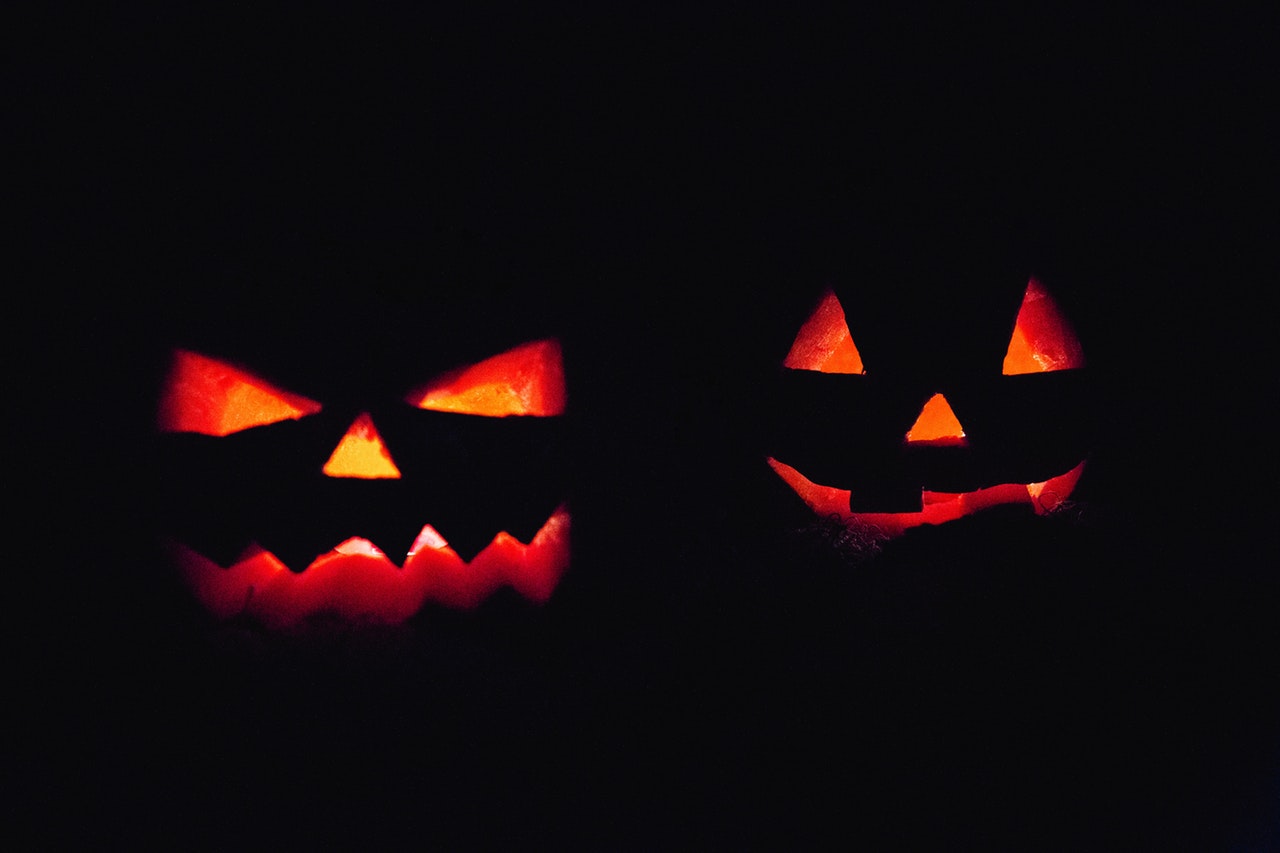
Jack O’ Lanterns
Jack O’ Lanterns are messy and a lot of fun to make, and quite frankly, a major Halloween tradition. However, they weren’t always used to win contests and boast artistic skills to taunt neighbours.
The Irish used turnips since they didn’t have pumpkins hundreds of years ago.
Legend says Stingy Jack the blacksmith was a complete trickster. He played pranks on everyone and anyone. One day, he invited the devil to the bar for a drink. Jack didn’t want to pay from his own pocket, so instead convinced the devil to transform into a coin. When the devil did that, Jack pocketed the devil without paying the tab. The devil wasn’t able to return to his natural form since he was next to a silver cross in Jack’s pocket. Finally, when he was released, the devil said that he wouldn’t seek revenge, nor claim Jack’s soul after death.
Jack was upset about the promise. He decided the best thing to do was to convince the devil to climb a tree and collect fruit from it. Once up there, Jack trapped the devil by carving a cross into said tree. After some time Jack released the devil, who again, said he wouldn’t claim Jack’s soul.
When Jack died, he wasn’t allowed to enter Heaven and was rejected from Hell. The devil gave him a single piece of coal to use as a torch to light his way to find his own hell. Jack put that coal into a carved turnip, earning him the name “Jack of Lantern.” The reason the Irish chose to carve out spooky faces is that the turnips were meant to keep Jack away from their homes.
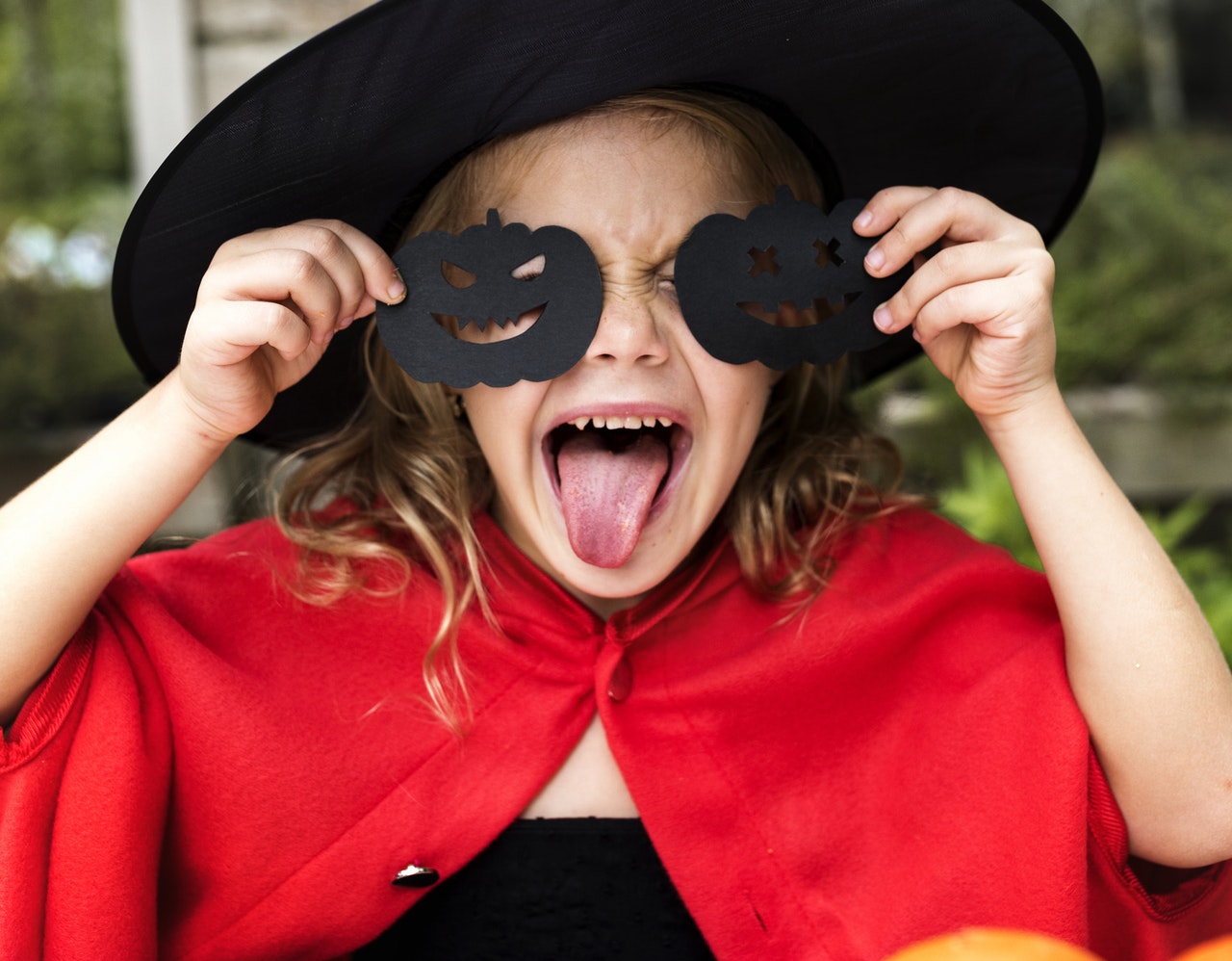
Getting Dressed Up
This Halloween tradition is one of those mash-ups from different cultures: Celtic, Catholic, and Pagan. It can be traced back as far as the Iron Age – between roughly 800 B.C. and 600 B.C.
The idea itself is a rather simple one: as winter drew nearer, people in Europe were fearful of the dark, especially on October 31st. That was the night when the veil between the living and the dead was the thinnest. This allowed for spirits (good and evil) to freely move between the two worlds. In order to protect themselves, people would dress up in scary outfits. Some believed it was a form of mockery or a way to scare these evil spirits, while others did it as a method to blend in.

Trick or Treating
Trick-or-Treating is very interesting as a Halloween tradition. One popular belief was that during the pioneer times, adults would send their kids out into the village to collect goods for the major fall feast. People who offered something were welcome with open arms, however, if you didn’t give something, you were looked down upon.
The Smithsonian recently published an article stating that it might not be correct. Trick or Treating goes back to the Medieval era when children and poor adults would go door to door collecting money and food in exchange for songs and prayers while dressed up in costumes. It was similar to carolling, except the act was called “souling” and the children were “soulers.” When Europeans travelled to the USA, they didn’t bring the tradition with them. In fact, it didn’t comes back again until the 20s or 30s.
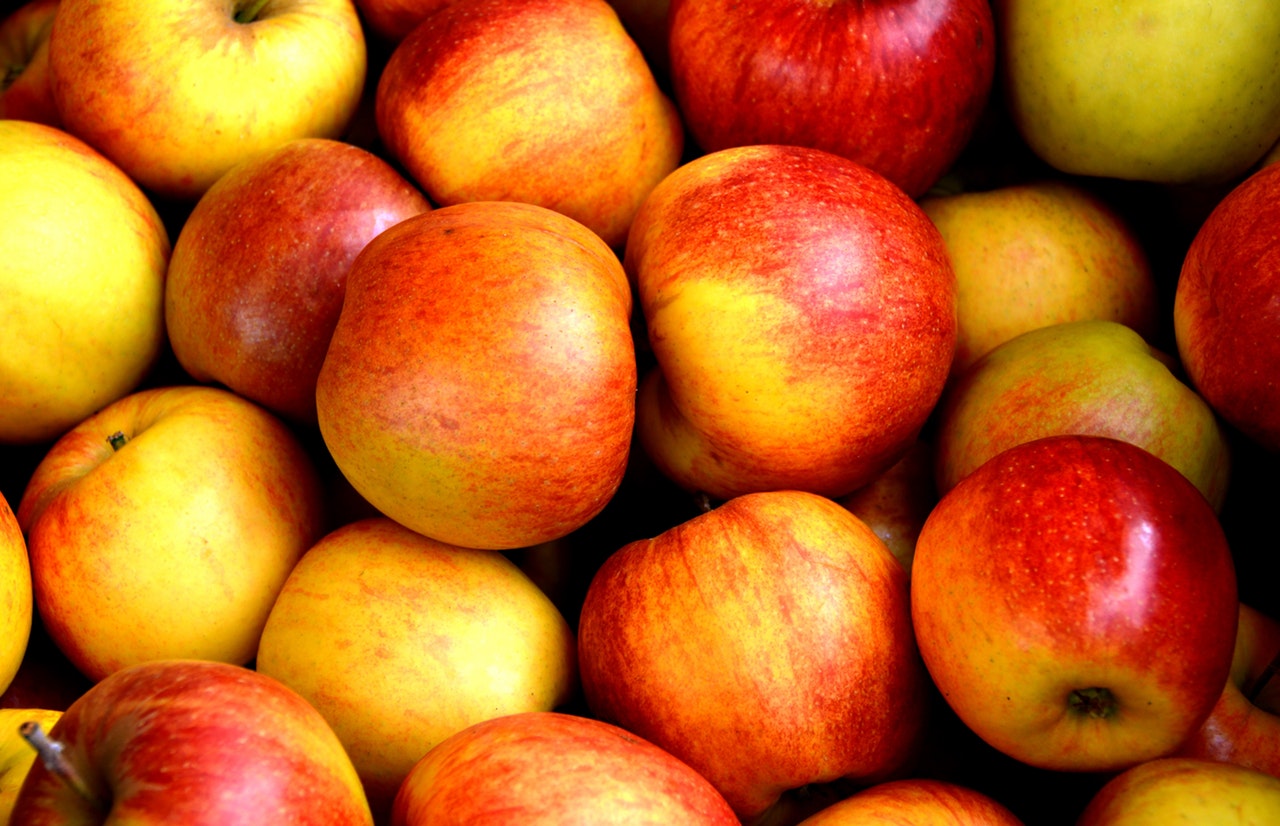
Apple Bobbing
You can argue that this Halloween tradition is more about fall, but that isn’t necessarily the case.
Europeans used this activity as their own pre-tv dating game. Women would bob for apples that represented her partner; if she was able to keep the apple in her mouth on the first attempt they were meant to be. Two meant they wouldn’t last, and three meant they shouldn’t bother with the relationship. Sometimes women would have a competition to bob for the same apple (kind of like trying to compete for the same man). Thankfully this tradition wore out by the 19th century.
Instead, bobbing for apples became a Halloween tradition thanks to the Celtic end of harvest celebration. The night of October 31st was considered winter to the Celtic, so they would honour their fruit goddess with apples.
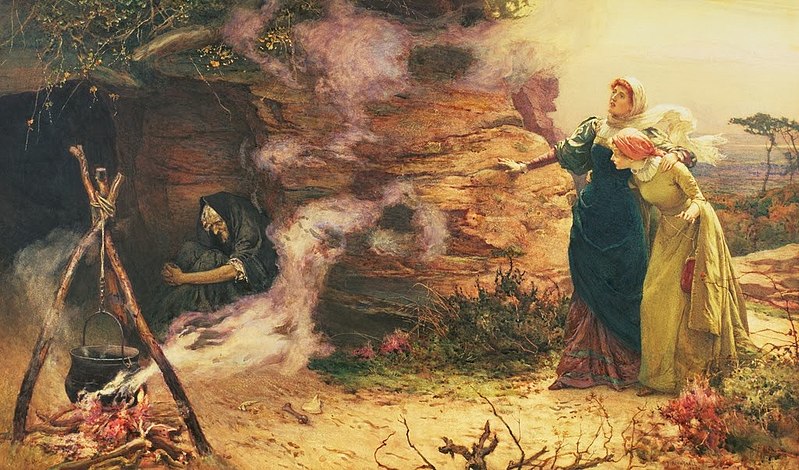
Witches
Witches were said to be evil beings who gathered twice a year (April 30th and October 31st), flying in on broomsticks to celebrate and dance at a special party. They would also transform into creatures to cause mischief and cast spells on humans for the fun of it. They were often described as ugly women who hang out with black cats in huts while casting spells over cauldrons.
In actuality, witches – like any other superstition – are partially based off fact. Wiccans did have their own beliefs (and still do), but became scapegoats for what our ancestors didn’t understand. Their beliefs and customs were very different from what most people celebrated, and for that were deemed as being “evil.” This spooky and scary aspect of them is most likely what made them a Halloween tradition, but no one really knows the exact answer.
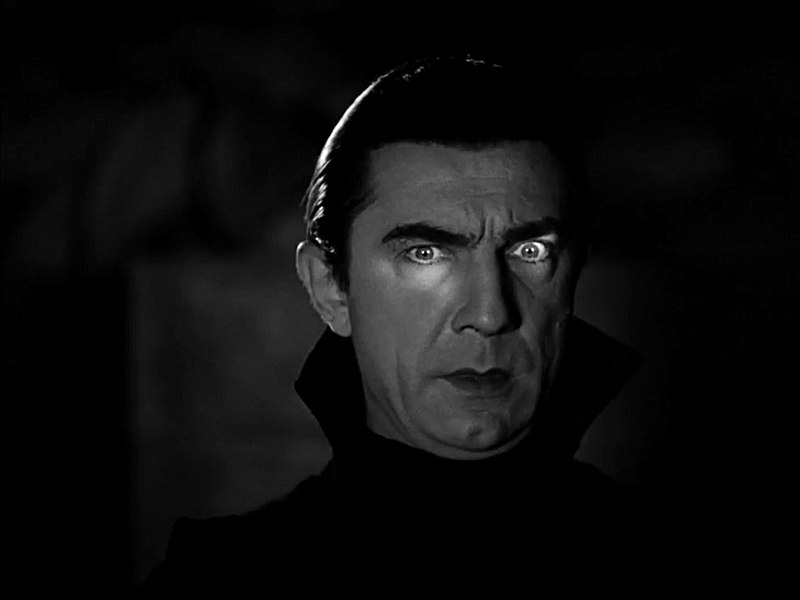
Vampires
This myth is as old as humans themselves and can be argued that vampires are more than just a Halloween tradition. Many different civilizations had their own version of a living dead human coming out of their grave to feed on the living.
Bram Stoker was able to capitalize on it early enough that almost every modern vampire movie is based off his novel. It’s thanks to Stoker that we think of vampires as sophisticated beings. Alternatively, the silent film Nosferatu was the reason why vampires die in sunlight. Prior to the film, there was no trace of these night-dwellers being allergic to the sun. As well, Nosferatu didn’t use the sophisticated archetype. Instead, Dracula’s appearance was more like a rat or vermin and reflected how Germany was feeling after the war.
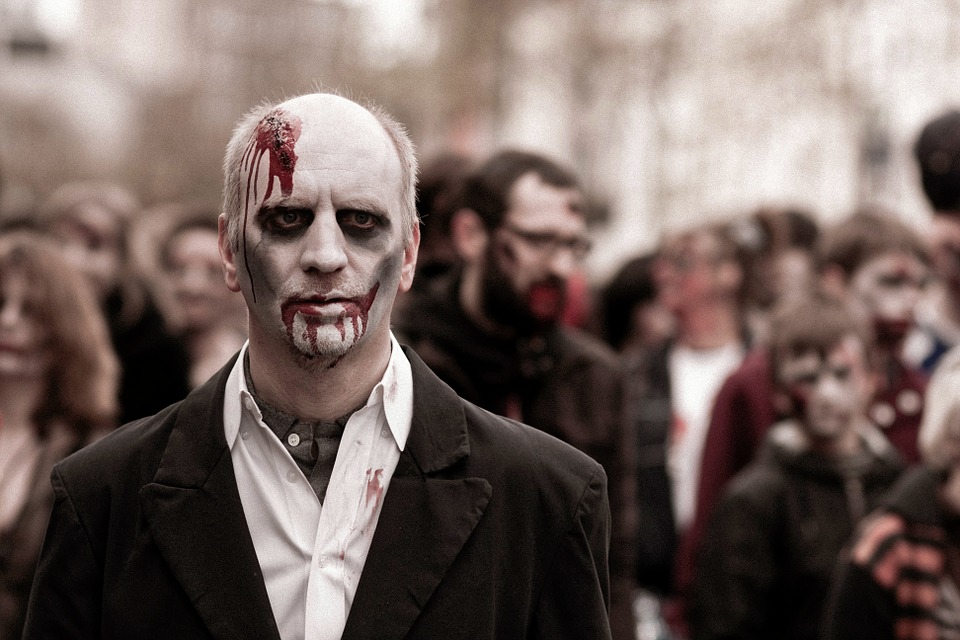
Zombies
You might think these were an idea created by some Hollywood producer in the 40s, but actually, there’s a deeper history. Zombies can be found in cultures with voodoo and witchcraft. Traditionally, zombies are said to walk slow – the speed is something some Hollywood exec thought would be a good idea. Eating flesh is nothing new, but no one really knows why these former humans shout “brains!” and walk with their arms stretched out.
Either way, zombie movies are a fun Halloween tradition and have an interesting history in their own right.

Werewolves
Werewolves are bother interesting and terrifying. They were once human, but were either put under a spell or were bitten by another werewolf. Some superstitions suggest they’re forced to morph forms during full moons, while others say that they can voluntarily choose when to morph. Sometimes they attack people, other times they feed off farmer’s livestock.
There are so many different depictions across different cultures of these creatures that it makes you wonder where humans got their inspiration. After all, some historians believe werewolves go as far back as The Epic of Gilgamesh. They can also be found in Greek and Nordic myths.
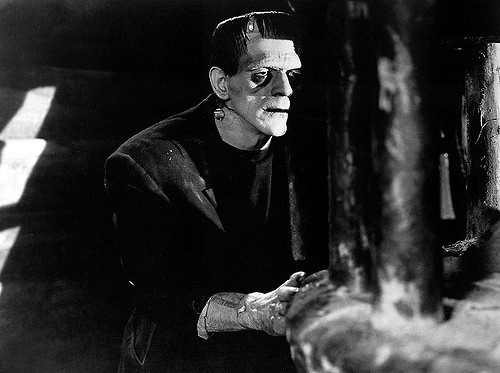
Frankenstein
First off: Frankenstein is the doctor, not the monster. Let’s make that clear beforehand.
Secondly: how can you not associate that iconic, big, green monster with Halloween? The Mother of Modern Sci-Fi, Mary Shelley, was onto something when she wrote the book – too bad the bulky monster wasn’t part of it. That’s right, what you think of as Frankenstein(‘s monster) isn’t actually what Shelley wrote about – it was from a film adaptation. The actual monster was said to be ugly and grotesque – perhaps more than the image we associate with as a Halloween tradition. The monster was about eight feet tall, had a handsome face, and a full head of black hair. He had yellow skin, white teeth, and white watery eyes. His lips were black and he had a shrivelled completxion.
Scary or not, you can’t deny the importance of Frankenstein to Halloween. There’s just something spooky about combining body part from different humans to attach them and reanimate them into a new being.

